AIMES represents a joint collaborative effort by KI and KTH in interdisciplinary research and community benefit. At AIMES, we aim to create the long-term conditions that are required to secure the growth of these intrinsically interdisciplinary researchers and students.
There is a high expectation for academy to translate research results into social benefit. The emergence of research leaders who have the capacity to conduct advanced research in parallel with knowledge-driven innovation is a prerequisite for increasing research’s contribution to society, strengthening the competitiveness of the business community, and contributing to sustainable development.
However, young researchers who dare to cross boundaries between subject areas and faculties and who drive their projects towards innovation and social benefit, are faced with difficulties in today’s academic template. The centuries-old traditions primarily award monodisciplinary basic research. There is therefore, a great need for innovative, academic environments that promote interdisciplinary research, innovation, implementation and entrepreneurship.
The activities at AIMES contribute to the transformation of research and education investments into social benefits and economic growth as well as serving as an important resource to help achieve the university’s goals described in KTH Vision 2027 and KI Strategy 2030, as well as the global sustainability goals in Agenda 2030.
Email: info@aimes.se
Contact person: Linda Thörn
Phone: +46 8 524 873 01
Here you can get more info about AIMES:
AIMES is located in Biomedicum at KI, Campus Solna. The safety level of our laboratories permits work with human material and disease-causing microorganisms.
Project carried out at AIMES are of fundamental as well as applied character. The philosophy of the Pasteur’s Quadrant opens for basic science and technological innovation to thrive at AIMES. By assessing the Technology Readiness Level of our projects, the maturity of new technologies is monitored in all progression phases, thereby supporting translation towards societal use.
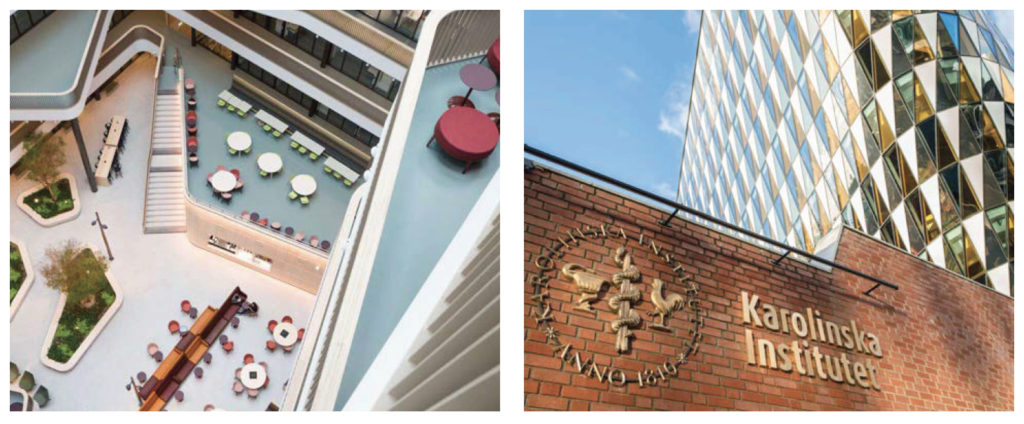
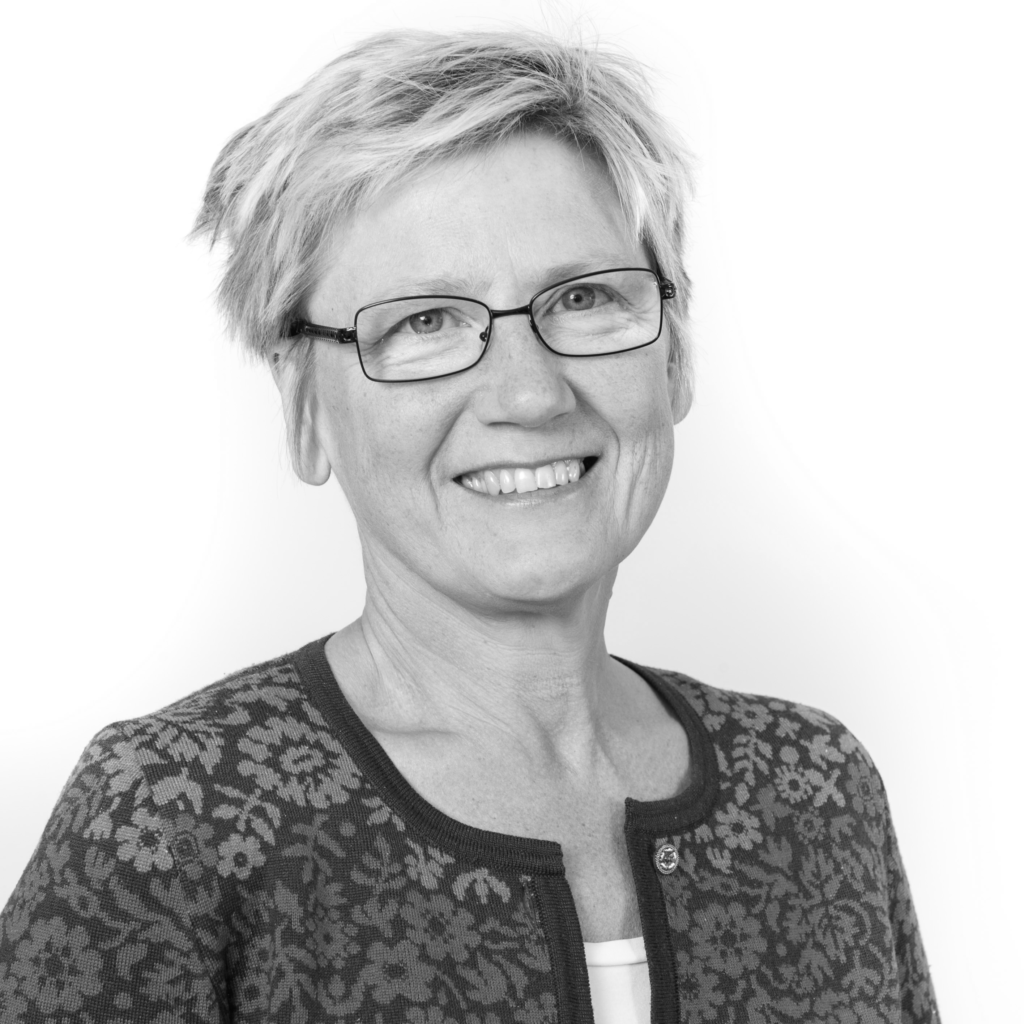
Agneta Richter-Dahlfors
Director of AIMES
PhD, Professor in Cellular Microbiology, AIMES, KI
Guest Professor in Chemistry and Biotechnology, KTH
Infections are multifaced phenomena difficult to recreate and study. By integrating knowledge and techniques of medical and engineering science, Richter-Dahlfors uses advanced techniques when studying the integrated pathophysiology of bacterial infections. Acknowledging the need for better analytical tools to advance research, she develops, tests and disseminates novel methods and technologies. Of special note is conducting polymers that allow rapid, precise, and real-time monitoring of information pertinent to healthy and diseased conditions. Due to the generic nature of the methods, she has expanded her work to also include plant science. To bring science to affect change in society, she works closely with industry.
Ulrica Edlund
Vice-director of AIMES
PhD, Professor in Polymer Technology, KTH
Affiliated Researcher, AIMES, KI
Biomass (everything growing on our planet) represents a highly underutilized natural resource. Committed to develop new green materials from renewable resources, Edlund develops methods to extract polymers from terrestrial (wood, agricultural residues such as kernels, leaves, stems of locally produced biomass) and marine (algae) sources from which she designs renewable functional materials. Many inventions stem from her work: bioplastics from algae, and renewable films, coatings, microspheres, and hydrogels from non-cellulosic fractions from wood processing operations.
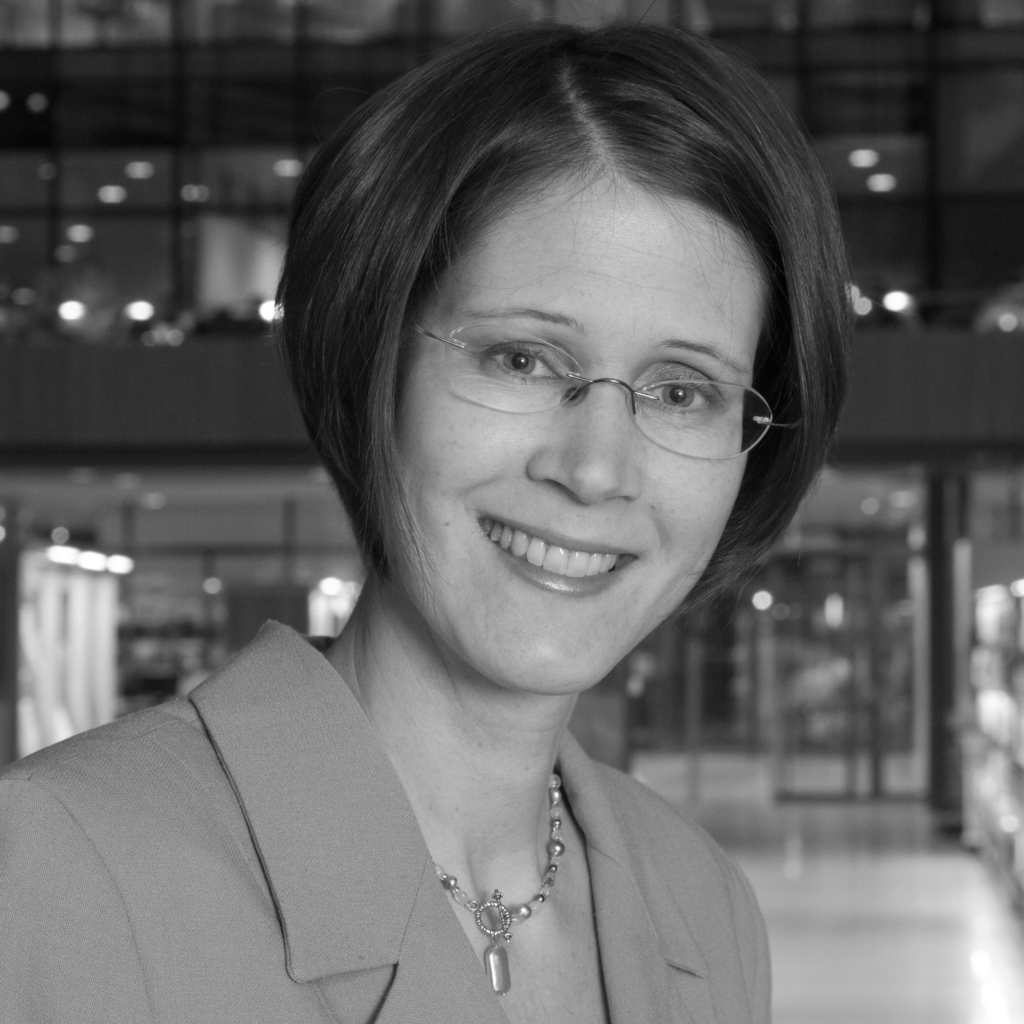
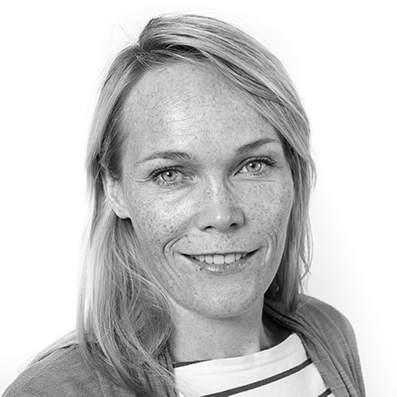
Keira Melican
Chair AIMES Board of Research
PhD, Docent in Microbiology, AIMES, KI
Human skin hosts a wide range of bacteria, and Staphylococcus aureus (S. aureus) is one of the most common. Human skin differs significantly from animal skin in terms of structure and immunological function. To understand how methicillin resistant S. aureus (MRSA) causes infection on other-wise healthy human skin, Melican has developed humanized in vivo models of infection: human skin tissue models and a xenograft model. She also studies the dynamics of pyelonephritis – infection of the kidney by uropathogenic Escherichia coli. Using cutting-edge techniques, including intravital imaging, she deciphers the dynamic host-pathogen interplay during infection, which is essential for the development of new treatments.
Anna Herland
Chair AIMES Board of Education
PhD, Associate Professor in Hybride Bioelectronic Systems, KTH
Researcher, AIMES, KI
Developing new drugs is a major challenge for society and industry. Systems closely mimicking human organs, so-called Organs-on-chip, will improve our understanding of diseases and promote drug development. Herland applies microengineering and bioengineering technologies to recreate body-like environments, i.e. the brain and its vasculature, as she wants to understand the interactions between neurons and neurovascular cells in terms of metabolic function and neuronal activity. She also develops organic bioelectronic interfaces to mammalian cells and bacteria, optoelectronic interfaces to mammalian cells, and nanopores/gaps for single biopolymer identification. Herland works closely with pharma industry, studying the distribution and effects of drugs.

Thomas Crouzier
PhD, Researcher in Glycoscience, KTH
Affiliated Researcher, AIMES, KI
Mucus is a hydrogel that covers the wet epithelium of our eyes, nose, respiratory, gastrointestinal, and reproductive tracts. With an ability to hydrate and lubricate surface, this thin layer protects epithelia from dehydration, shear stress, and viral/bacterial attacks. Crouzier works at the interface of chemistry, biology and material science. Examining mucus from the view of materials engineering, he deepens our understanding of mucus biology, and develops new ways to assemble mucins into materials with useful medical application, exemplified by a non-hormonal contraceptive.


Susanne Löffler
PhD, Consultant in Organic
Bioelectronics for Bacterial Infection, KI
Advanced sensing technologies, like optotracing and biosensors, are uniquely suited for high-throughput applications, which creates large amounts of data. Making use of all data is challenging. With a background in biomedical sciences and signal processing, Löffler develops tools for data management, visualization and analysis for bacterial detection technologies based on database management systems tailored to the application. Also, she develops user-friendly data analysis tools for pattern identification and graphic representation of key features of the data. Löffler’s research thus empowers users to take control of their data and to apply advanced data analysis models with minimal effort.
Peter Nilsson
PhD, Professor in Organic chemistry, Linköping University
Affiliated Researcher, AIMES, KI
An in-depth understanding of diseases is essential for development of diagnostic tests and treatments. A class of optoelectronic material with remarkable potential in detecting disease associated markers may be key to such understanding. Nilsson pioneers the design and synthesis of thiophene-based ligands, generating a new class of optoelectronic material with many applications. The multi-modal, chemically defined ligands create the next generation material for molecular imaging, diagnostics and therapeutics. The technology helps us to deepen our understanding of neurodegenerative diseases such as Alzheimer’s disease, as well as bacterial infections and cancer.
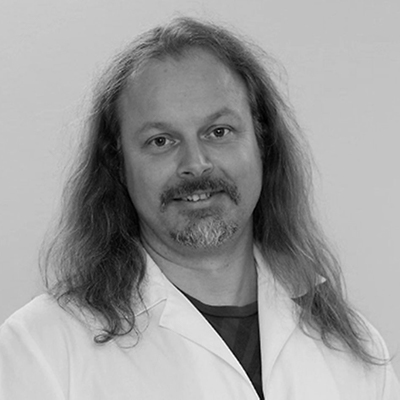
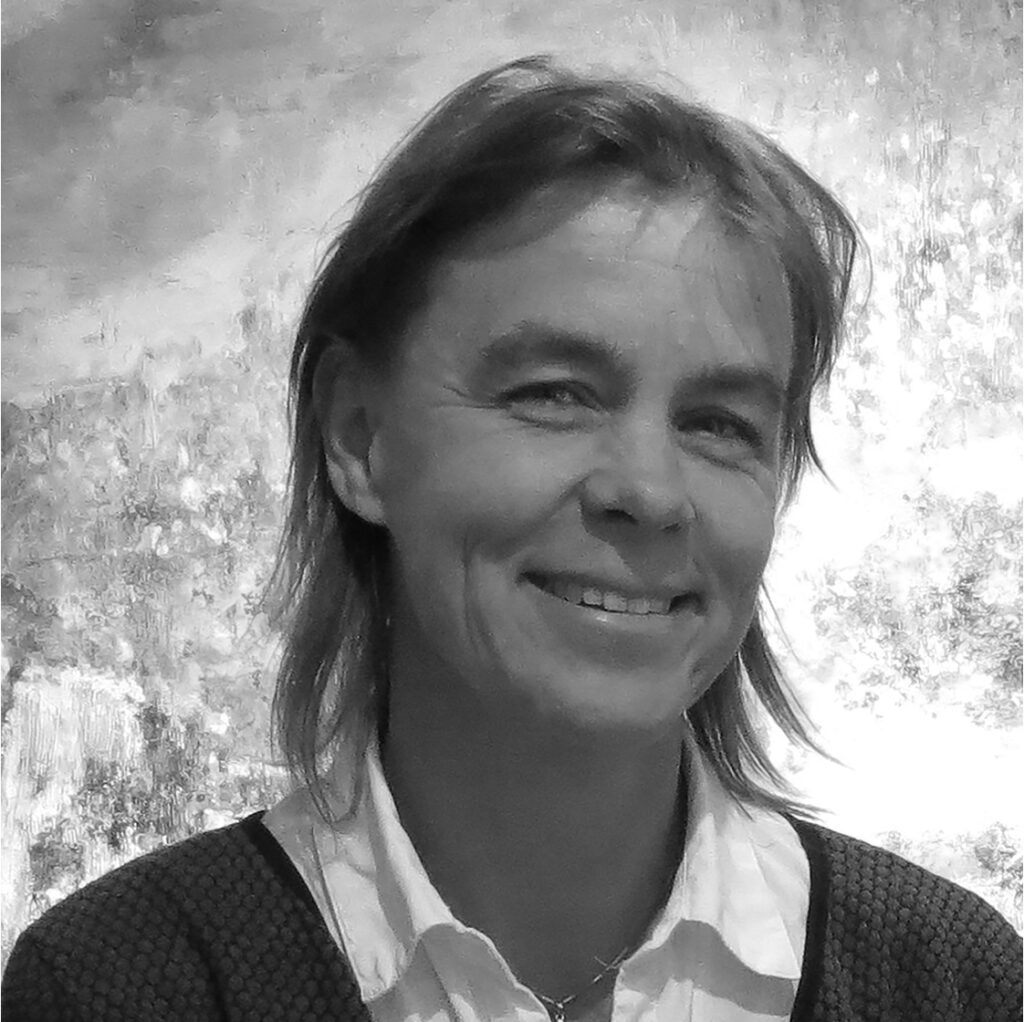
Inger Odnevall
PhD, Professor in Surface Chemistry and Corrosion Science, KTH
Affiliated researcher, AIMES, KI
Depending on location and the state of environment, metallic surfaces can strongly affect human health. Odnevall Wallinder studies the link between material properties and surface reactivity on one side, and the environmental fate as well as the health aspects of metal dispersion from metals and alloys widely used in our society. Using a plethora of analytical techniques, she gains fundamental and applied understanding of the performance of metals and alloys with and without organic coatings in a diverse range of societal applications. This work has major implications for how we use metals as construction materials in buildings, in food related utensils and surfaces, as implant materials, and in consumer products.
Onur Parlak
PhD, Assistant Professor in Biosensors
and Bioelectronics in Medicine, KI
Quality healthcare builds on the availability of accurate patient information. Innovative concepts of health monitoring are developed by scientists at the interface of medicine and engineering, in the area of biosensors and bioelectronics. Parlak combines bioelectronics, materials sciences, and biology to develop biosensors that monitor health and disease. Health monitoring is achieved by the new concept “wearable electronics”, which in the form of a skin patch can sense compounds in sweat as a person exercise. For disease monitoring, Parlak focus on bacterial infections, as he generates novel tools that provide extremely detailed information of bacterial biofilms. The highly innovative science thus tackles two key areas of critical importance to all of us: our health status versus disease.


Mikael Rhen
PhD, Professor in Microbial Pathogenesis, KI
Salmonella enterica causes more than 350 000 deaths annually and is linked to the problems of antibiotic resistance. Better understanding of the infection pathogenesis is needed. Rhen study the complex infection pathogenesis of Salmonella. He identifies the functions of virulence factors during bacterial interactions with immune cells, the gene expression profiles of bacteria growing within immune cells, and he explores pathways enabling bacterial biofilm formation. Persistent infection is also studied, by analyzing the expression profile of virulence genes in a strain causing persistent salmonellosis. Collectively, this work deepens our understanding of salmonellosis, leading to improved treatment strategies.
Aman Russom
PhD, Professor in Clinical Microfluidics, SciLifeLab, KTH
Affiliated researcher, AIMES, KI
Affordable, robust, and accurate diagnostic tests are essential to rapidly determine the condition of the patient. Russom employs microfluidic technologies to develop point-of-care tools for many applications. This technology allows sorting of rare circulating tumour cells for cancer diagnostics, and isolation of bacteria from blood for molecular analysis. Committed to develop affordable healthcare for all, Russom develops compact, portable, and robust devices for resource-limited settings in, where the prevalence of ubiquitous pathogens claims tens of thousands of human lives every year, mostly due to the lack of effective diagnostics and therapy. Eventually, this research may serve to introduce advanced molecular point-of-care tests in rural areas.

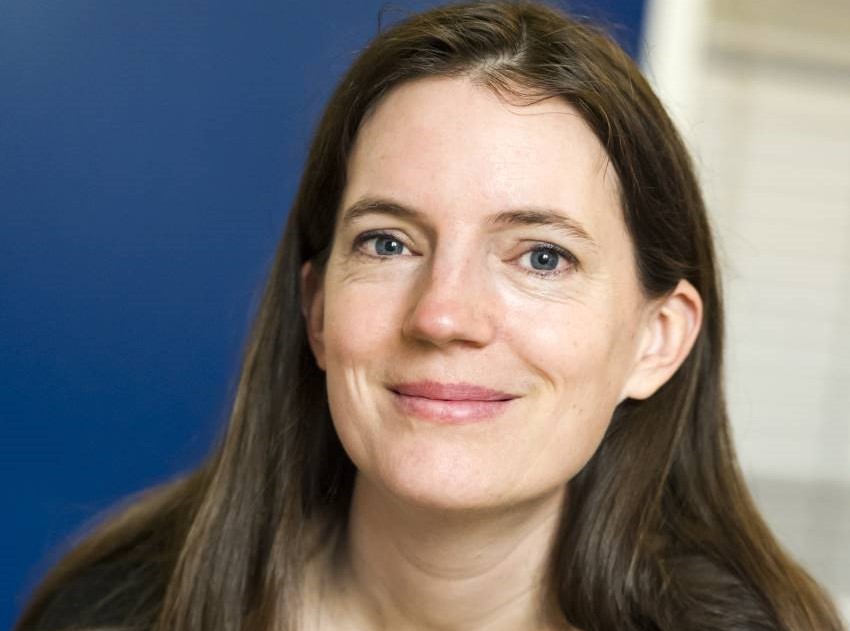
Molly Stevens
PhD, Professor of Biomaterials and Regenerative Medicine, KI
Professor of Biomedical Materials and Regenerative Medicine, Imperial College London, UK
The ability to regenerate damaged tissue is one of the great challenges in the fields of tissue engineering and regenerative medicine. Our goal is to study the fundamental science of cell-material interactions and apply this knowledge to the design of biomaterials that translate into clinical solutions. Our group is developing approaches to control cell behaviour through their innate ability to sense and respond to local meso-, micro-, and nanoscale patterns of chemistry, stiffness, and topography. Our polymer systems can be functionalised for drug delivery and with biological and synthetic cues to instruct the entire lifecycle of the tissue, from cell binding and differentiation, to cell-induced material remodeling and ultimate tissue organisation and function. These materials though designed for the clinic can be also used as platform systems to study a wide variety of instructive environments for tissue regeneration and cell fate. The Stevens group is also innovating how the cell-material interface can be explored with cutting edge materials analysis approaches such as live cell micro-Raman spectroscopy and correlative nanoscale resolution imaging approaches.
Karl Svennersten
MD, PhD, Affiliated researcher, KI
Affiliated researcher, AIMES, KI
Countless problems can happen when bacteria enter the urinary tract. An infection often results from bacteria trapped in stagnant urine. When stones block the urinary tract for a long time, urine backs up in the tubules within the kidney, causing excessive pressure that leads to swelling and eventually kidney damage. Being a urologist, Svennersten combines his clinical and laboratory perspectives when addressing questions related to the involvement of bacteria in kidney stone formation, and how patients are best treated to prevent formation of kidney stones. He also examines the nervous control of the bladder, defining measures to improve the quality of life in patients with spinal cord injuries.


Erica Zeglio
Docent in Bioelectronic Materials, KTH
Affiliated researcher, KI
Detecting physiological changes in the body, both massive and minute, is essential in the research of diseases and development of treat-ments. Organic electrochemical transistors (OECT) are devices capable of simultaneously controlling the flow of electronic and ionic currents. This unique feature renders the OECT the perfect technology to interface man-made electronics, where signals are conveyed by electrons, with the world of the living, where information exchange relies on chemical signals. Zeglio aims to advance current materials used for bioelectronic devices, leading to better performance, advanced functionalities for bio-interfacing, and stability. Her vision is to create a new generation of organic electronic materials that brings together device performance and sustainable design. The long-term goal is to develop devices that can seemingly interface with cells and tissues to sense and stimulate biological functions.
Hanna Barriga
Associate Professor, Department of Protein Science, SciLifeLab, KTH
Affiliated Researcher, AIMES, KI
Team Barriga’s research uses nanotechnology to solve biological challenges. The
multidisciplinary approach is focused on advancing the understanding of nanoparticles in
biological processes to accelerate the development of the next generation of engineered
nanomedicines. We aim to combine big data with single particle technologies to improve our
understanding of how disease impacts the performance of nanomedicines and to engineer
improved delivery technologies on the nanoscale. The Teams projects are in close
collaboration with industry and large-scale infrastructures. A key focus and competency of
the research is nanoscale characterization of these systems using X ray and neutron
scattering techniques.

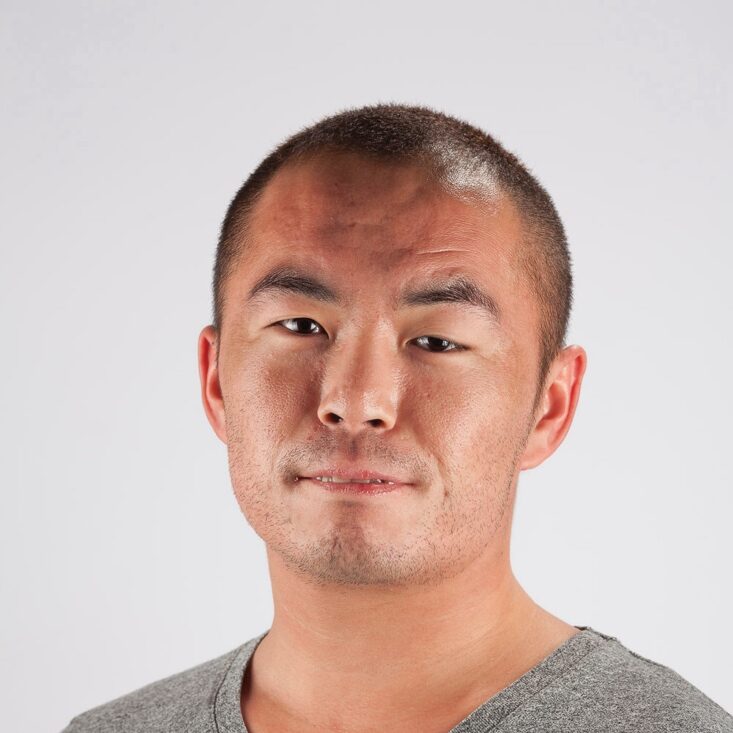
Hongji Yan
PhD, Group leader, Uppsala University
Affiliated Researcher, AIMES, KI
Team Yan’s focus has been on the area of biomedical applications of mucins, a class of
glycoproteins-derived biomaterials. These biomaterials, recognized for their multifunctional
properties, show promise for use as anti-fibrotic coatings on medical devices, ranging from
sensors and electrodes to implants, and as innovative prophylactic lubricants designed to
prevent viral transmission. Additionally, his team also develop nanosensors that can be used
to detect single-stranded DNA or RNA sequences without the need for expensive
instrumentation. His highly multidisciplinary research theme, which involves basic science,
innovation, and societal use, is well aligned with the purpose of our center. We are proud
that our environment can contribute and be a part of the advancement of his research
program.



If you want to be on our send list for seminars and other events send us your name and email address.
Visit us
Biomedicum
Solnavägen 9,
Solna Sweden
Email us
info@aimes.se
Call Us
+ 46 8 524 87301
Follow us